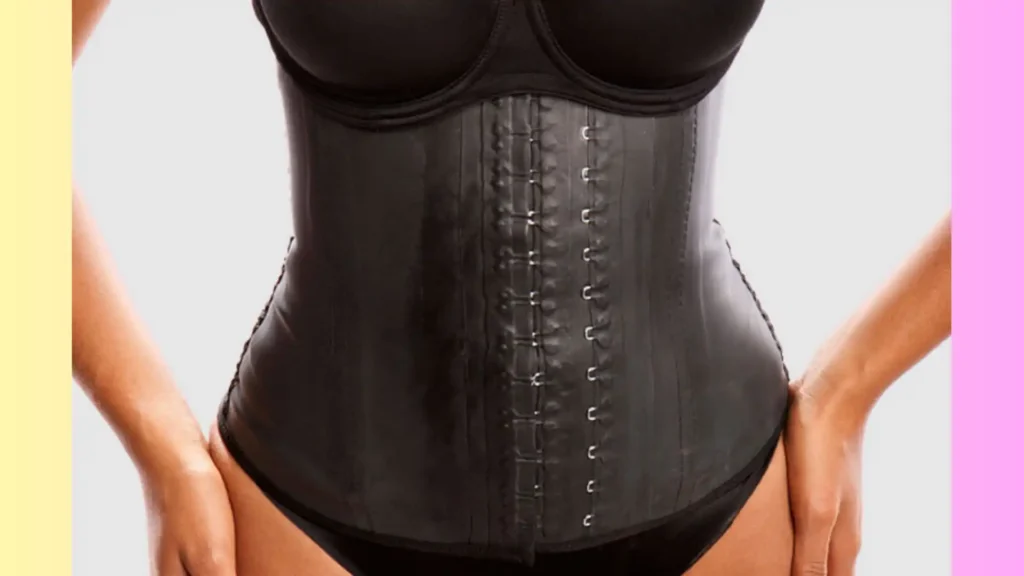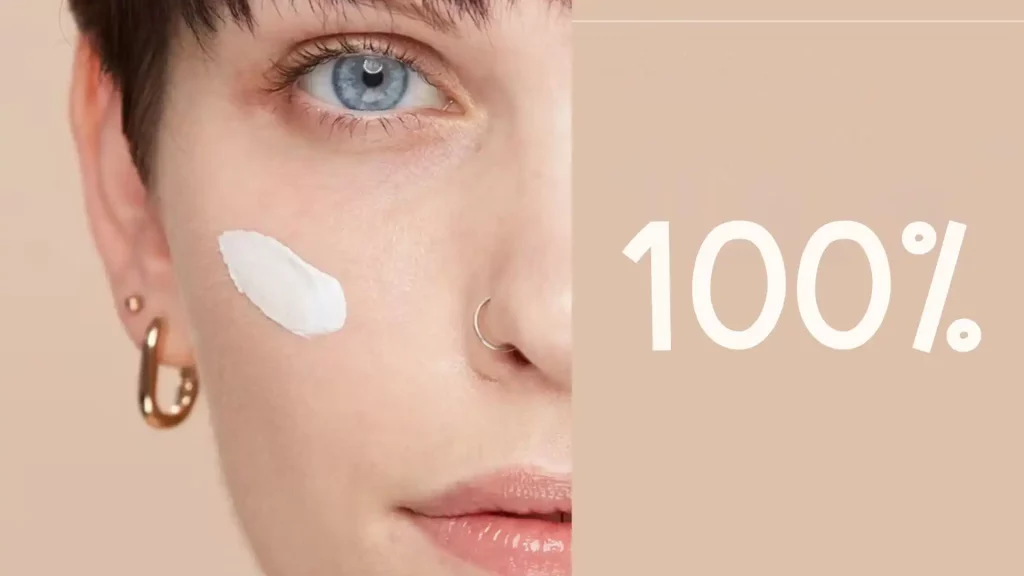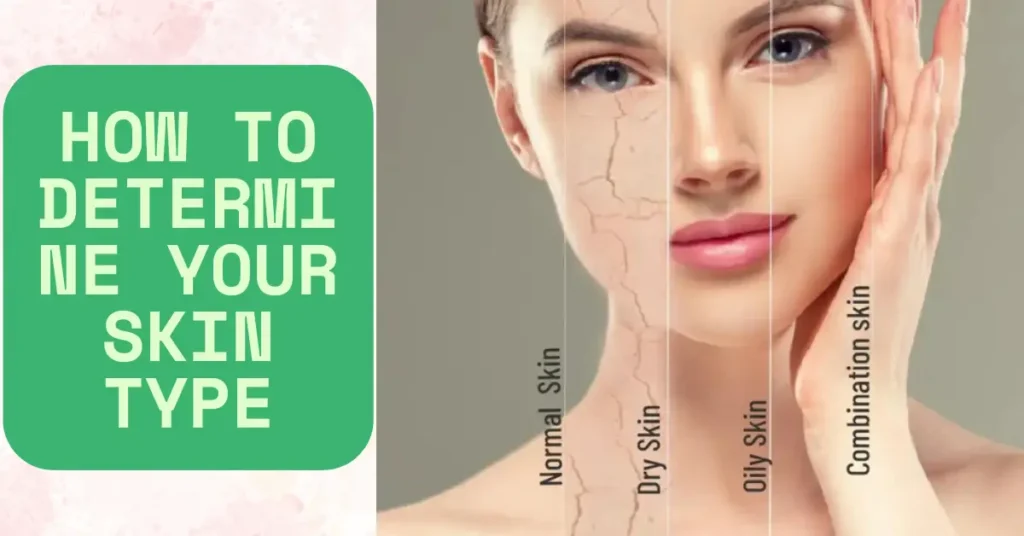Tretinoin is a strong skincare ingredient known for its anti-aging effects. It can smooth out fine lines and wrinkles, even skin tone, and reduce pores. It’s also great for minimizing breakouts. tretinoin forehead wrinkles before and after
Compared to over-the-counter retinol, tretinoin is 20 times more potent. It’s even FDA-approved for treating photoaging. In this guide, we’ll look at how tretinoin works on forehead wrinkles. You’ll see real before and after photos, learn how to apply it, and get tips to get the most out of it.
Understanding Forehead Wrinkles: Causes and Development
As we get older, our skin changes naturally. It gets thinner, drier, and less flexible. After 20, collagen production drops by about 1% each year. This, along with environmental factors, causes forehead wrinkles to form.
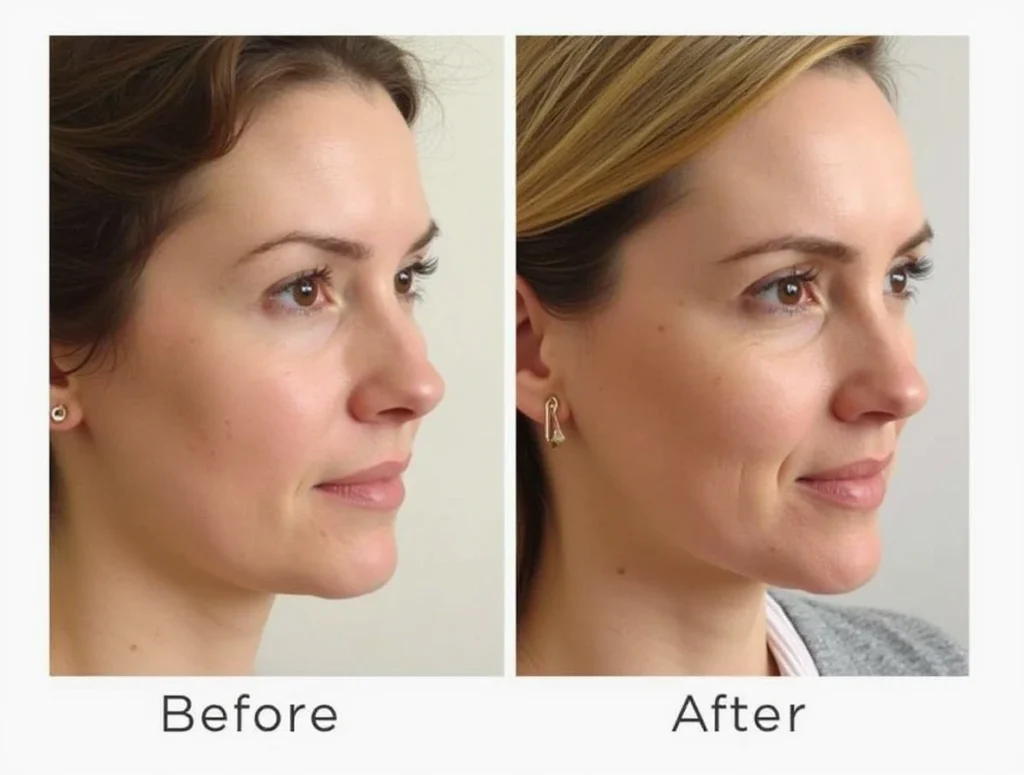
Environmental Factors Contributing to Wrinkles
Ultraviolet (UV) radiation from the sun speeds up skin aging. UV damage can cause up to 90% of visible signs of aging, like forehead wrinkles. Also, squinting in bright light can lead to crow’s feet and frown lines.
Types of Forehead Wrinkles
Forehead wrinkles come in different types. Dynamic wrinkles happen when facial muscles contract, like when raising your eyebrows. Static wrinkles are from UV damage or poor nutrition, causing skin to lose elasticity. Wrinkle folds are more noticeable and happen when the face sags over time.
Introduction to Tretinoin as an Anti-Aging Treatment
Tretinoin is a strong topical retinoid made from vitamin A. It has been studied for over 50 years. It’s safe and effective in fighting signs of aging.
It boosts skin cell turnover and collagen production. This makes it great for reducing forehead wrinkles and other aging signs.
More than 150 skin issues can be treated with retinoids like tretinoin. These include acne, blackheads, and wrinkles. It also helps with sun damage, melasma, and more.
Results can start in 2 to 3 weeks. Full effects take 6 weeks or more. But, it can cause skin irritation because it’s so strong.
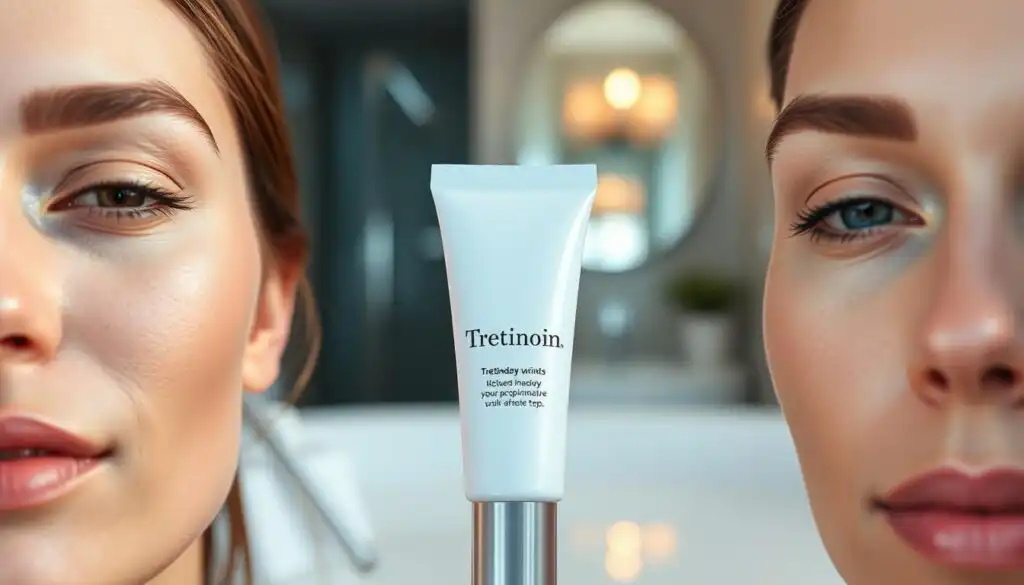
Retinoids are better at preventing acne than treating it. They can also make large pores smaller. Tretinoin is best for preventing wrinkles, not treating them.
It’s a key part of a good skincare routine. Using it with other products can help a lot.
How Tretinoin Works on Aging Skin
Tretinoin is a strong form of vitamin A that fights aging skin. It speeds up skin cell regeneration, leading to new, healthier cells. This process reduces fine lines, wrinkles, and uneven skin tone.
Collagen Production Enhancement
Tretinoin boosts collagen production, a key benefit. Studies show it can increase collagen by up to 80% in 6-12 months. This makes skin texture better, reduces wrinkle depth, and improves elasticity.
Impact on Skin Structure
Tretinoin also increases glycosaminoglycans (GAGs) in the skin. GAGs keep skin hydrated, firm, and elastic. This helps rejuvenate the skin’s look and feel.
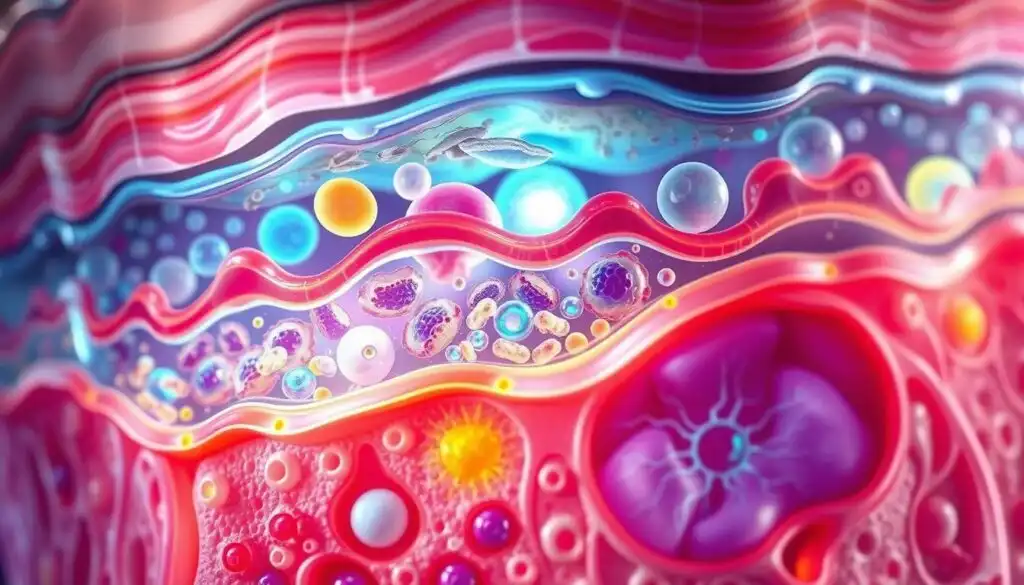
The effects of tretinoin are amazing. It speeds up skin cell turnover, boosts collagen, and increases GAGs. Regular use can make wrinkles less visible, improve skin texture, and give a youthful glow.
Scientific Evidence Supporting Tretinoin’s Effectiveness
Many clinical studies and dermatological research have shown tretinoin works well against skin aging. A detailed review of 180 studies found seven focused on tretinoin for photoaging. The dosages ranged from 0.025% to 5%, and treatment lasted from 3 to 24 months.
These studies all agreed: tretinoin improves photoaging signs like wrinkles and age spots. People saw improvements as early as 4 months. And these benefits lasted for 24 months, showing tretinoin’s long-term effect.
Most of the study participants were women. This shows tretinoin works well for female skin. While some side effects like redness and dryness were noted, they were mostly mild.
The evidence for tretinoin’s success in fighting skin aging is strong. As the most studied retinoid for photoaging, tretinoin has proven to enhance photodamaged skin. It’s a key treatment for anti-aging.
Tretinoin Forehead Wrinkles Before and After: Real Results
Many people have seen real changes in their forehead wrinkles with tretinoin. They noticed better skin texture and fewer wrinkles over time. Knowing how long it takes to see results is key.
Short-term Results (1-3 months)
Using tretinoin nightly for 4-6 weeks can start to show small changes. Your skin might look smoother and more even. But, deeper wrinkles take longer to see a big change.
Long-term Results (6-12 months)
Using tretinoin for 6-12 months can lead to big improvements. Studies show it can make wrinkles less deep, improve skin tone, and make skin look younger.
Patient Success Stories
Many people have shared how tretinoin changed their forehead wrinkles. They say it made their skin smoother, wrinkles less visible, and skin look more radiant and youthful.
While results can vary, tretinoin is a strong tool against forehead wrinkles and aging. Knowing how long it takes to see results helps set expectations. This way, you can get the most out of this effective anti-aging treatment.
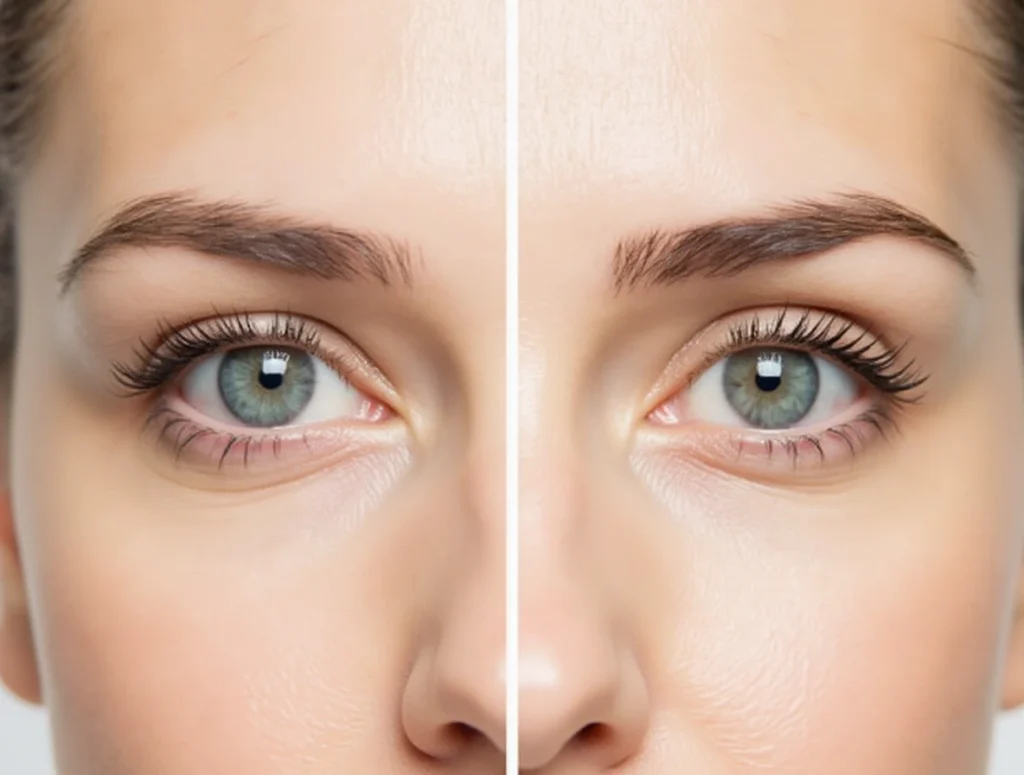
Proper Application Techniques for Forehead Treatment
Adding tretinoin to your skincare routine can really help with forehead wrinkles. But, it’s key to use it right for the best results. Start by putting tretinoin on clean, dry skin at night. Use just a pea-sized amount and spread it all over your face, including your forehead.
Don’t put tretinoin on your eyes, lips, or nostrils. These areas can get irritated easily. After using tretinoin, apply a moisturizer to fight dryness or peeling.
Being consistent is crucial for tretinoin’s benefits to show. Stick to your routine as your doctor advises. It might take a year to see tretinoin’s full effects on your skin.
Tretinoin is strong, so start with a low dose and increase it slowly. This helps avoid side effects like redness or dryness. With the right way to apply it and sticking to your routine, you can get smoother, younger-looking skin on your forehead.
Managing Side Effects and Expectations
Using tretinoin for forehead wrinkles can lead to some side effects. You might see skin irritation, redness, dryness, and peeling, especially in the first few weeks. This is called the “tretinoin purge,” where your skin adjusts to the active ingredient.
Common Side Effects
Tretinoin can cause skin irritation, dryness, and sensitivity at first. This is normal as your skin gets used to it. To manage these effects, start by applying it less often and use a gentle moisturizer.
Adjustment Period
The adjustment period for tretinoin can last weeks. You might see more breakouts or worsening of skin issues like acne or redness. But, with regular use, these side effects will lessen, and you’ll see the benefits of tretinoin on your skin.
Prevention and Management Tips
To avoid and manage side effects, start with a lower tretinoin concentration, like 0.025%. Gradually increase how often you apply it as your skin gets used to it. Always use a broad-spectrum sunscreen during the day because tretinoin makes your skin more sensitive to the sun. Also, keep a moisturizing routine to fight dryness or irritation. If side effects don’t go away or get worse, talk to a dermatologist for help adjusting your skincare.
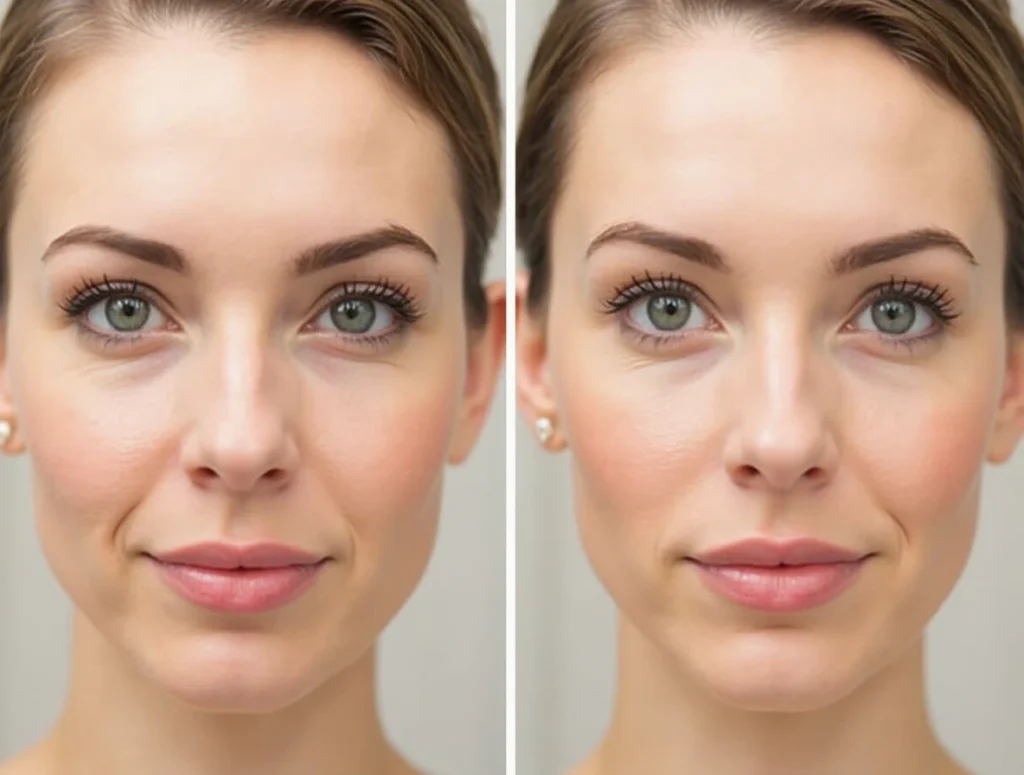
Complementary Skincare Products and Routines
When you start using tretinoin, it’s important to balance its strong effects with gentle products. Start with a gentle cleanser that won’t dry out your skin. Then, use a hydrating moisturizer to keep your skin moist and smooth.
Don’t forget to apply sunscreen with SPF 30 or higher to protect your skin from the sun. This is crucial when using tretinoin.
Stay away from harsh exfoliants and products with benzoyl peroxide or salicylic acid. They can make your skin more irritated. Instead, try using hyaluronic acid to keep your skin moist and improve tretinoin’s effects. Studies show that using tretinoin with hyaluronic acid can reduce irritation.
Using tretinoin with gentle products can help it work better and reduce side effects. Always listen to your skin and change your routine if needed. Everyone’s skin reacts differently to tretinoin.
Tips for Maximizing Tretinoin’s Anti-Aging Benefits
To get the most out of tretinoin, be consistent. You might not see results right away, but keep using it. It takes 3-6 months to see better skin texture and fewer wrinkles.
Protect your skin from the sun while using tretinoin. Use a broad-spectrum sunscreen every day. Wear protective clothes outside too. Sun damage can lessen tretinoin’s effects, so protect your skin well.
Keeping your skin hydrated is key. Drink lots of water and use moisturizers that work with tretinoin. Eating foods full of antioxidants also helps keep your skin looking young.
Adding a vitamin C serum to your morning routine can help too. It works well with tretinoin to boost collagen. This can make wrinkles and discoloration look better.
Use tretinoin regularly, protect your skin from the sun, and keep it hydrated and nourished. This way, you can get the most out of it. Talk to a dermatologist to make a plan that fits your skin’s needs.
Safety Considerations and Best Practices
Using tretinoin for forehead wrinkles needs careful attention to safety and best practices. Tretinoin, a strong form of vitamin A, is not safe during pregnancy or breastfeeding. Always tell your doctor about any other medications or skincare products you use to avoid bad interactions.
Start with a low dose of tretinoin and slowly increase it as your skin gets used to it. Using too much too fast can cause severe irritation, dryness, and even worsen wrinkles. If you feel a lot of discomfort or see no change after a few months, stop using it and talk to a dermatologist.
Also, remember that tretinoin makes your skin more sensitive to the sun. Using sunscreen every day and staying out of the sun for too long is key to avoid sunburn and skin damage. By following these steps and talking to a skincare expert, you can safely use tretinoin to reduce forehead wrinkles.
Conclusion
Tretinoin is a strong tool against forehead wrinkles and aging signs. It may take time, but the results are worth it. Your skin’s reaction to tretinoin can differ, so it’s key to work with a healthcare provider.
With a dermatologist’s help, you can get the most out of tretinoin. They can guide you on how to use it right and suggest other skincare products. This way, you can see real changes in your forehead wrinkles and skin health.
Starting your tretinoin journey means setting realistic goals and focusing on your skin’s health. A well-rounded skincare routine and expert advice can help you get the most from tretinoin. This way, you can enjoy lasting, youthful-looking skin.
Discover more trends:
- Retinol: All You Need to Learn About the Trendiest Ingredient in Skin Care
- Framing Your Face: The Ultimate Bangs Guide for Small Foreheads
- 15 Hairstyles That Take 10 Years Off Your Age
- Fine Lines or Wrinkles? Unlocking the Secrets to Ageless Skin
- What Your Acne Is Telling You About Your Lifestyle: Causes and Solutions
- Follow us on Facebook
- Follow us on Pinterest


